How can Travelers Prepare for Camping in Different Climates or Seasons ?
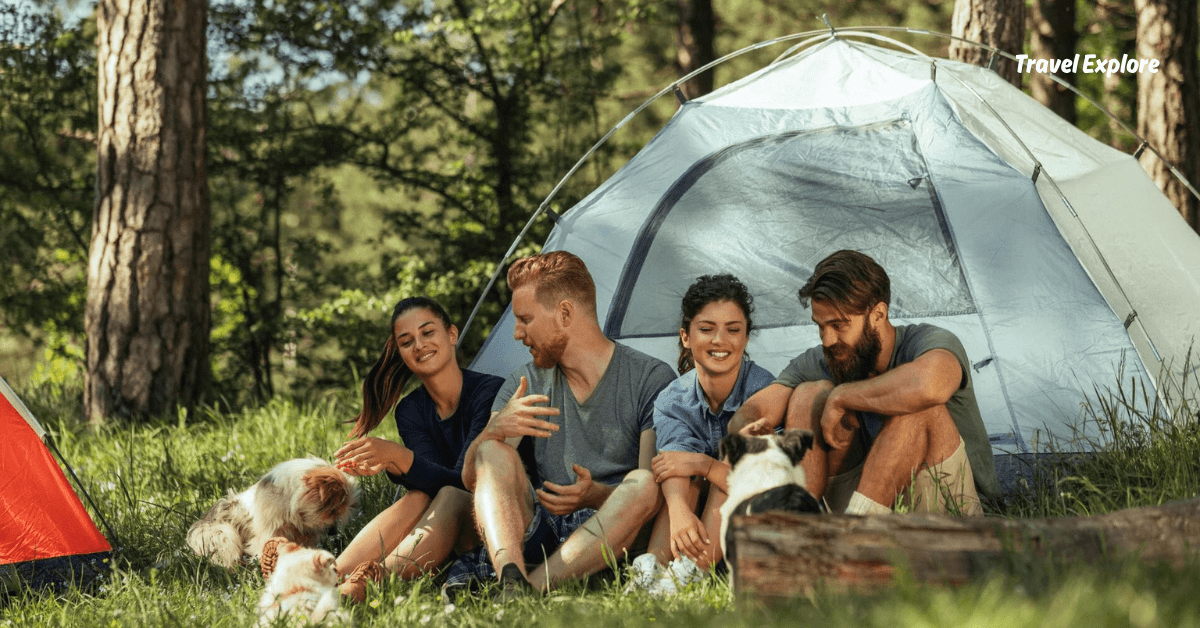
Camping is an adventurous and exhilarating activity enjoyed by millions worldwide. It offers a unique opportunity to disconnect from the hustle and bustle of daily life and immerse oneself in the beauty of nature.
However, camping in different climates or seasons requires careful preparation to ensure a safe and enjoyable experience. From scorching deserts to freezing tundras, each environment presents its own set of challenges and opportunities.
In this guide, we will explore how travelers can prepare for camping in various climates or seasons, equipping them with the knowledge and tools needed to make the most of their outdoor adventures.
Researching the Climate

Before embarking on a camping trip, it is essential to research the climate of the destination thoroughly. Understanding the typical weather patterns and temperature fluctuations can help travelers pack appropriate clothing, gear, and supplies.
Consulting Reliable Sources
When it comes to consulting reliable sources for camping, it’s crucial to prioritize information from trusted authorities in outdoor recreation and wilderness safety. One of the most dependable sources is national or state park websites, which offer detailed information on campgrounds, trail conditions, and permits.
These websites often provide up-to-date alerts about weather, wildlife activity, and any temporary closures or restrictions. Additionally, outdoor organizations such as the National Park Service, the U.S. Forest Service, or the American Hiking Society offer valuable resources and guidance for safe and enjoyable camping experiences. Travel and outdoor magazines, reputable blogs, and forums frequented by experienced campers can also provide valuable insights and recommendations.
However, it’s essential to cross-reference information from multiple sources to ensure accuracy and relevance to your specific camping destination and needs. By relying on trusted sources, campers can make well-informed decisions and maximize their enjoyment of the great outdoors while staying safe and respecting the environment.
Identifying Seasonal Patterns
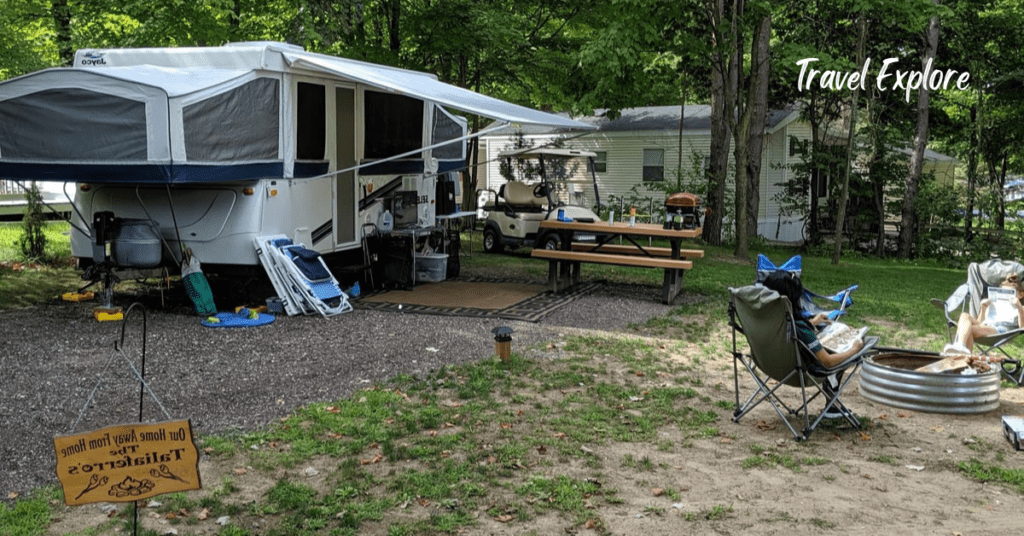
Identifying seasonal patterns for camping involves understanding the unique characteristics and challenges that each season presents to outdoor enthusiasts. For instance, in spring, campers may encounter unpredictable weather patterns, including rain showers and temperature fluctuations, while also enjoying the vibrant renewal of nature with blooming flowers and budding foliage.
Summer brings longer daylight hours and warmer temperatures, ideal for activities like swimming, hiking, and star-gazing, but also necessitates precautions against heat-related illnesses and crowded campgrounds.
Fall offers picturesque landscapes adorned with autumnal colors, crisp air, and fewer crowds, although campers should be prepared for cooler temperatures and potential wildlife encounters as animals prepare for winter.
Winter camping requires specialized gear and knowledge to navigate icy conditions and frigid temperatures, but rewards adventurers with serene landscapes, peaceful solitude, and unique recreational opportunities like snowshoeing and cross-country skiing.
By recognizing these seasonal patterns and their implications, campers can plan their trips accordingly, ensuring a safe and enjoyable outdoor experience while embracing the beauty and challenges of each time of year.
Packing Essentials for Different Climates
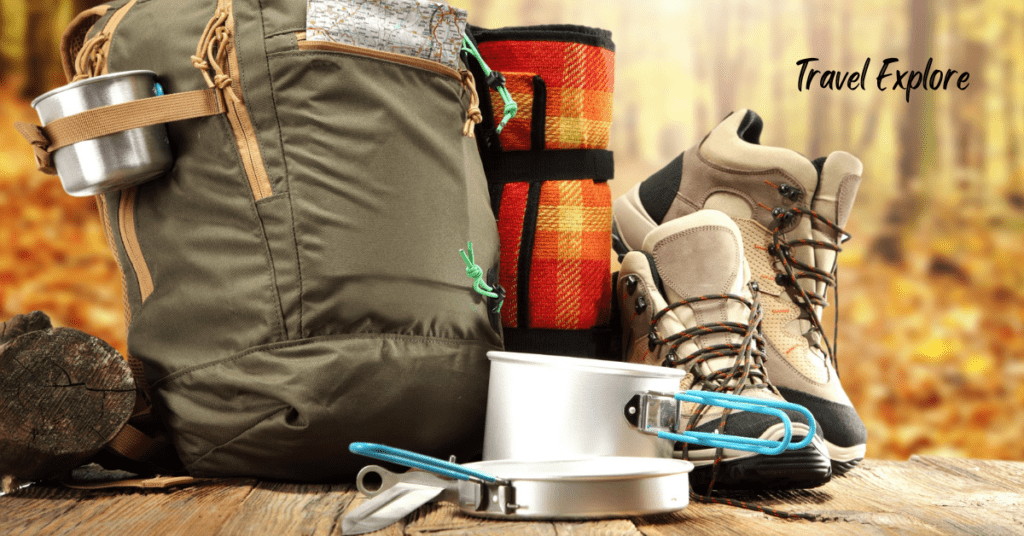
Once you have researched the climate of your camping destination, it’s time to pack the essentials accordingly. Packing the right clothing, gear, and supplies can make all the difference in your comfort and safety while camping.
Clothing
When preparing clothing for camping in different climates or seasons, versatility and layering are key principles to ensure comfort and adaptability to changing weather conditions. In colder climates or seasons such as fall and winter, it’s essential to pack thermal base layers made of moisture-wicking materials to keep the body dry and retain warmth.
Mid-layers like fleece or down jackets provide insulation, while waterproof and windproof outer layers offer protection from rain, snow, and gusty winds. Additionally, packing hats, gloves, and insulated footwear is crucial to prevent heat loss from extremities.
For warmer climates or seasons like spring and summer, lightweight and breathable clothing made of moisture-wicking fabrics such as nylon or polyester help to manage perspiration and keep the body cool. Long-sleeved shirts and pants provide protection against sunburn and insect bites, while a wide-brimmed hat and sunglasses offer shade and UV protection.
It’s also important to pack a lightweight rain jacket or poncho for unexpected rain showers. Regardless of the climate or season, bringing extra clothing layers allows campers to adjust their attire according to temperature changes throughout the day and night.
By carefully selecting and layering clothing appropriate for the specific climate and season, campers can stay comfortable, safe, and prepared for a variety of outdoor conditions during their camping adventures.
Food and Cooking Supplies
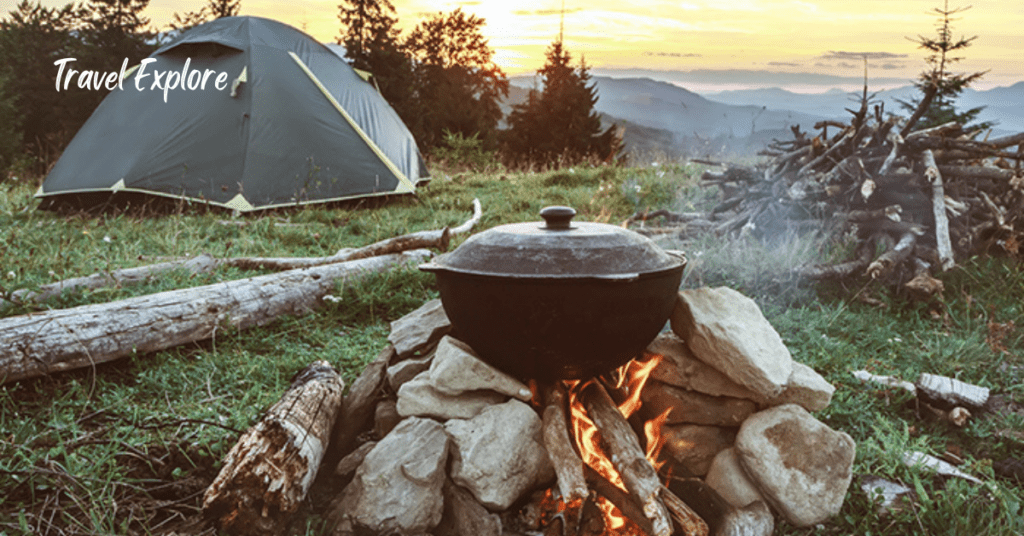
When preparing food and selecting cooking supplies for camping in different climates or seasons, it’s essential to consider the unique challenges and requirements that each environment presents.
In warmer climates or during the summer season, campers should prioritize foods that are less prone to spoilage and dehydration, such as dried fruits, nuts, canned goods, and non-perishable items like granola bars and jerky.
Additionally, lightweight cooking equipment, such as portable stoves or solar ovens, can help minimize heat and conserve energy during meal preparation. It’s also crucial to stay hydrated and pack foods with high water content, like fresh fruits and vegetables, to replenish electrolytes lost through sweating.
Conversely, in colder climates or during the winter season, campers need to focus on calorie-dense foods and hearty meals to provide sustained energy and maintain body warmth. Consider packing items like instant soups, dehydrated meals, and high-protein snacks to fuel outdoor activities in cold weather.
Insulated containers and thermoses are essential for keeping beverages and hot meals warm in freezing temperatures, while sturdy cookware and fuel-efficient stoves are necessary for cooking in snowy or windy conditions. Additionally, storing food properly to prevent freezing or spoilage is critical, so using insulated coolers or burying food in the snow can help maintain freshness.
Adapting to Extreme Climates

Camping in extreme climates, such as deserts or arctic regions, requires additional preparation and adaptation. These environments present unique challenges that must be addressed to ensure a safe and enjoyable experience.
Desert Camping
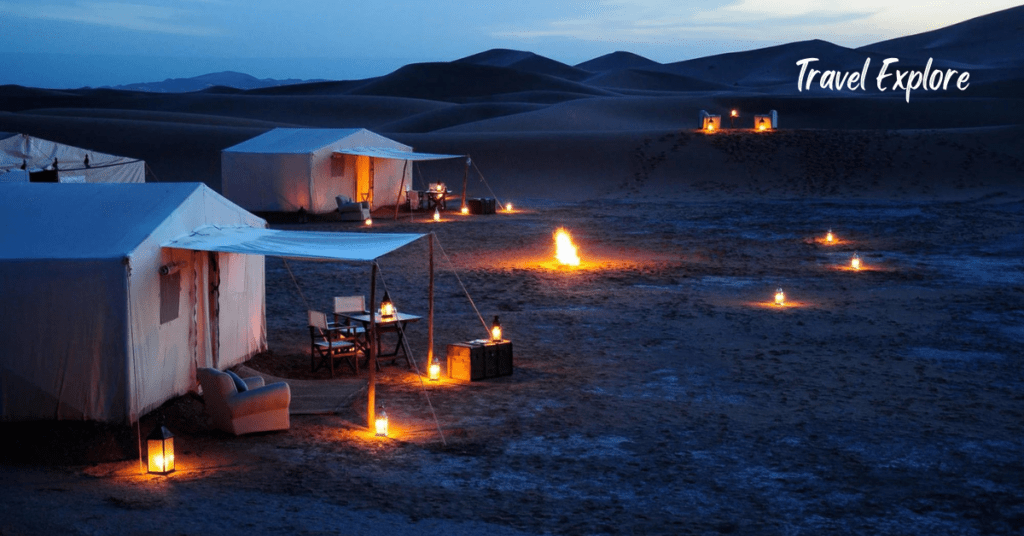
Desert camping in different climates or seasons presents unique challenges and opportunities that require careful consideration and preparation. During the summer months, desert temperatures can soar to extreme levels, often exceeding 100 degrees Fahrenheit (37.8 degrees Celsius) during the day.
Consequently, campers must prioritize hydration and seek shade during the hottest parts of the day to avoid heat-related illnesses such as heat exhaustion or heatstroke. Additionally, lightweight, breathable clothing and sun protection, including hats and sunscreen, are essential to mitigate the risks of sunburn and dehydration.
Desert camping during the winter months offers cooler, more temperate conditions during the day, with temperatures ranging from mild to chilly. However, nights can be surprisingly cold, sometimes dropping below freezing, necessitating appropriate cold-weather gear such as insulated sleeping bags.
Layered clothing, and sturdy tents to retain heat. Moreover, shorter daylight hours mean campers must plan activities and camp setup efficiently to make the most of available sunlight.
Regardless of the season, desert environments are characterized by drastic temperature differentials between day and night. This fluctuation underscores the importance of packing versatile clothing options suitable for both warm days and cool evenings.
Additionally, campers should be prepared for sudden weather changes, including sandstorms or flash floods, by monitoring weather forecasts and having emergency supplies on hand.
Furthermore, desert ecosystems are often fragile and sensitive to human impact. Responsible camping practices, such as adhering to Leave No Trace principles, respecting wildlife and vegetation, and properly disposing of waste, are essential to minimize environmental damage and preserve the pristine beauty of desert landscapes.
Arctic Camping
Arctic camping presents a unique and exhilarating experience that varies significantly across different climates and seasons. During the summer months, which typically span from June to August in the Arctic, campers can enjoy extended daylight hours known as the Midnight Sun phenomenon.
This allows for round-the-clock exploration of the stunning landscapes, from towering glaciers to rugged mountains and pristine fjords. Temperatures during this time can vary widely, ranging from pleasantly cool to surprisingly warm, but campers must still be prepared for sudden weather changes and chilly nights.
Additionally, summer brings opportunities for wildlife sightings, including polar bears, Arctic foxes, and various bird species, making wildlife observation a highlight of any Arctic camping trip.
In contrast, winter camping in the Arctic presents a dramatically different experience. With the arrival of the polar night, characterized by weeks or months of continuous darkness, winter campers must contend with extreme cold temperatures, often plunging well below freezing.
However, this season also offers the mesmerizing spectacle of the Northern Lights, or Aurora Borealis, painting the night sky with vibrant colors. Proper gear and preparation are essential for winter camping in the Arctic, including insulated clothing, high-quality sleeping bags, and reliable shelter to withstand harsh conditions.
Spring and autumn camping in the Arctic offer a blend of experiences from both summer and winter seasons. During the transitional periods of April-May and September-October, campers may witness the stunning spectacle of migrating wildlife, such as caribou and birds, as well as the gradual return of daylight or the onset of polar night, depending on the time of year.
Tips for Seasonal Camping
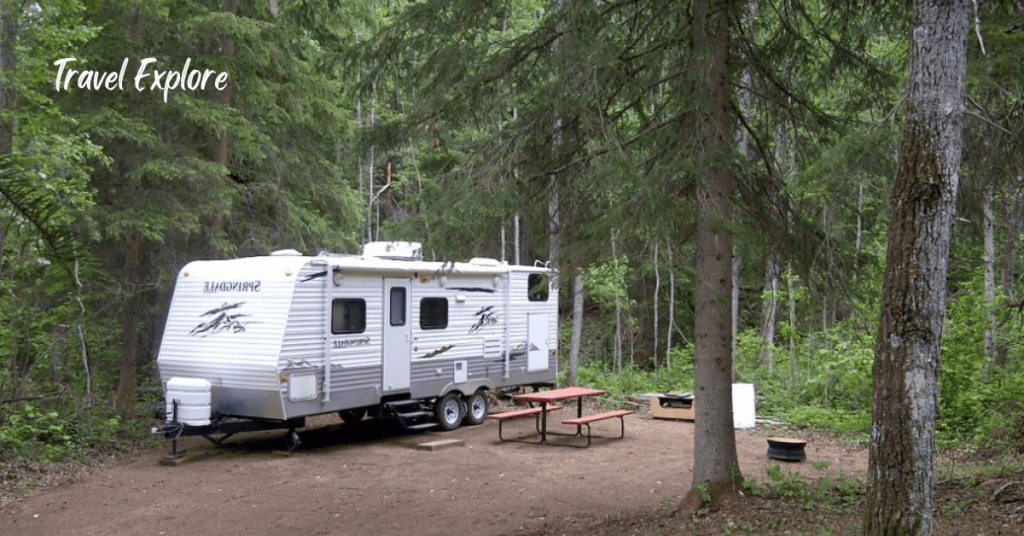
Camping during different seasons offers unique experiences and challenges. Whether it’s spring blooms, summer adventures, fall foliage, or winter wonderlands, each season presents opportunities for outdoor exploration.
Spring Camping
Spring camping offers a rejuvenating escape into nature after the long winter months, but it also comes with its own set of considerations and challenges. Firstly, it’s crucial to check the weather forecast before heading out, as spring weather can be unpredictable, with fluctuations in temperature and the potential for rain showers.
Packing layers of clothing ensures you’re prepared for varying conditions throughout the day. Additionally, be mindful of the thawing ground, which can be muddy and slippery, so sturdy waterproof boots are essential. Insect repellent is another must-have, as warmer temperatures often bring out pesky bugs like mosquitoes and ticks.
When setting up camp, choose a site away from low-lying areas prone to flooding and be cautious of potential hazards such as falling branches or unstable ground due to thawing permafrost.
Lastly, respect wildlife and their habitats by properly storing food and disposing of waste responsibly. With careful planning and preparation, spring camping can be a delightful opportunity to witness nature’s awakening and enjoy the great outdoors.
Summer Camping
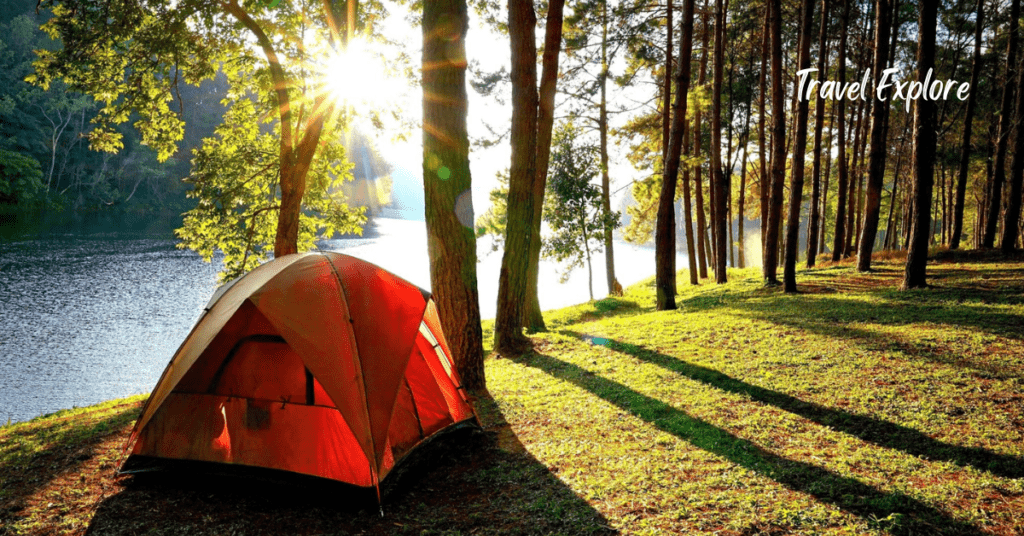
Summer camping offers the perfect opportunity to immerse oneself in the great outdoors and enjoy the warmth of the season. When embarking on a summer camping trip, there are several essential tips to ensure a safe and enjoyable experience.
Firstly, it’s crucial to stay hydrated by drinking plenty of water throughout the day, especially in hot and sunny conditions. Additionally, choosing lightweight and breathable clothing can help prevent overheating while providing protection from the sun’s rays.
Setting up camp in shaded areas can also provide relief from the heat and help maintain comfortable sleeping temperatures during the night. Moreover, insect repellent and proper camping gear, such as a high-quality tent with mesh screens, can help keep pesky bugs at bay.
Planning outdoor activities during the cooler parts of the day, such as early morning or late afternoon, can minimize exposure to intense heat and maximize enjoyment.
Lastly, practicing Leave No Trace principles ensures that campsites remain pristine and undisturbed for future visitors to enjoy. By following these summer camping tips, outdoor enthusiasts can make the most of their adventures while staying safe and comfortable amidst the beauty of nature.
Winter Camping
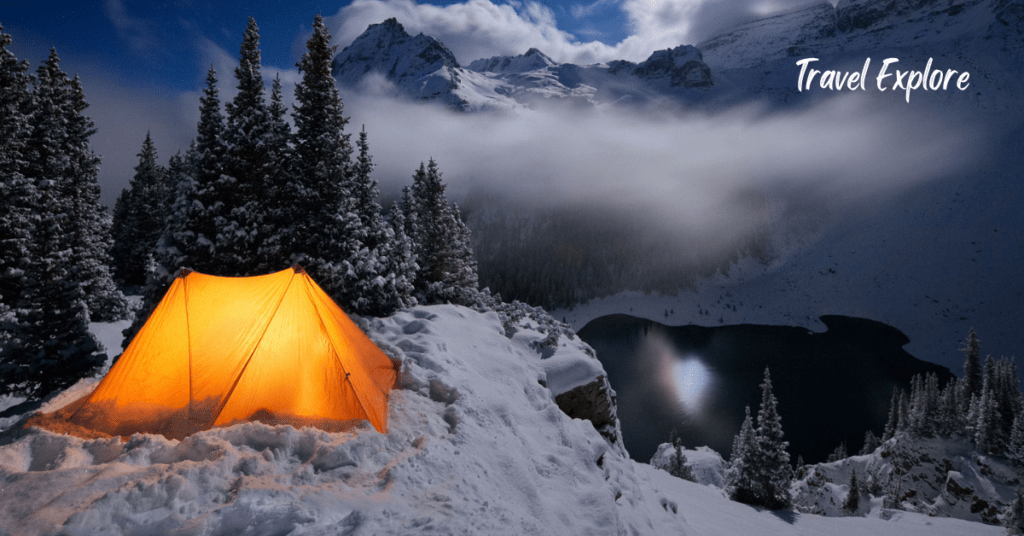
Winter camping presents unique challenges and rewards, requiring careful planning and preparation to ensure a safe and enjoyable experience in the cold, snowy wilderness. Firstly, selecting the right gear is paramount, including a four-season tent designed to withstand heavy snow loads and low temperatures. A high-quality sleeping bag rated for subzero conditions, and insulated clothing layers to trap body heat while allowing moisture to escape.
Additionally, packing ample food and hot drinks to maintain energy and warmth is essential, as well as a reliable stove for cooking and melting snow for water. It’s crucial to familiarize oneself with winter survival skills, such as building snow shelters or starting a fire in snowy conditions.
And to carry essential safety equipment like a first aid kit, navigation tools, and communication devices in case of emergencies.
Furthermore, choosing a campsite with natural windbreaks and good drainage, as well as setting up camp before darkness falls, can enhance comfort and safety. Finally, practicing Leave No Trace principles and respecting the fragile winter environment ensures minimal.
Impact on the wilderness and preserves its beauty for future generations of winter campers. With careful planning, appropriate gear, and a respectful attitude towards nature, winter camping can be a rewarding adventure filled with breathtaking landscapes and unforgettable experiences.
Conclusion & Recap
In conclusion, camping in different climates or seasons offers a diverse range of experiences for outdoor enthusiasts. By thoroughly researching the climate, packing appropriate essentials, and adapting to extreme conditions, travelers can enjoy safe and memorable camping adventures.
Whether it’s exploring desert landscapes, braving arctic wilderness, or marveling at seasonal wonders, proper preparation is key to a successful camping trip. Remember to stay informed, stay safe, and embrace the beauty of nature in all its forms.
FAQS
How should I prioritize packing for a camping trip?
Start by making a comprehensive packing list that includes essentials such as shelter, clothing, food, water, cooking equipment, navigation tools, and emergency supplies. Prioritize items based on their importance and relevance to the specific climate or season of your camping destination.
What foods are suitable for camping meals in different climates?
Choose lightweight, non-perishable foods that are easy to prepare and provide sustained energy. Opt for dehydrated or freeze-dried meals, canned goods, trail mix, energy bars, fruits, vegetables, and grains. Consider dietary restrictions and preferences when planning meals for your camping trip.
How can I ensure food safety while camping?
Store perishable foods in insulated coolers with ice packs or frozen gel packs to prevent spoilage. Keep raw meats separate from other foods and cook them thoroughly to kill bacteria. Practice proper food handling and hygiene to minimize the risk of foodborne illnesses.
Are there any meal planning tips for camping in extreme climates?
Choose foods that provide high calorie and nutrient density to fuel your body in extreme temperatures. Pack plenty of hydration options, such as electrolyte drinks and water purification tablets, to stay hydrated in hot climates or when melting snow for drinking water in cold climates.
How should I pack and store food while camping?
Use sealable containers or resealable bags to store food items and minimize waste. Keep perishable foods chilled in coolers or insulated bags, and secure all food items to prevent attracting wildlife. Dispose of food waste properly to avoid environmental contamination.




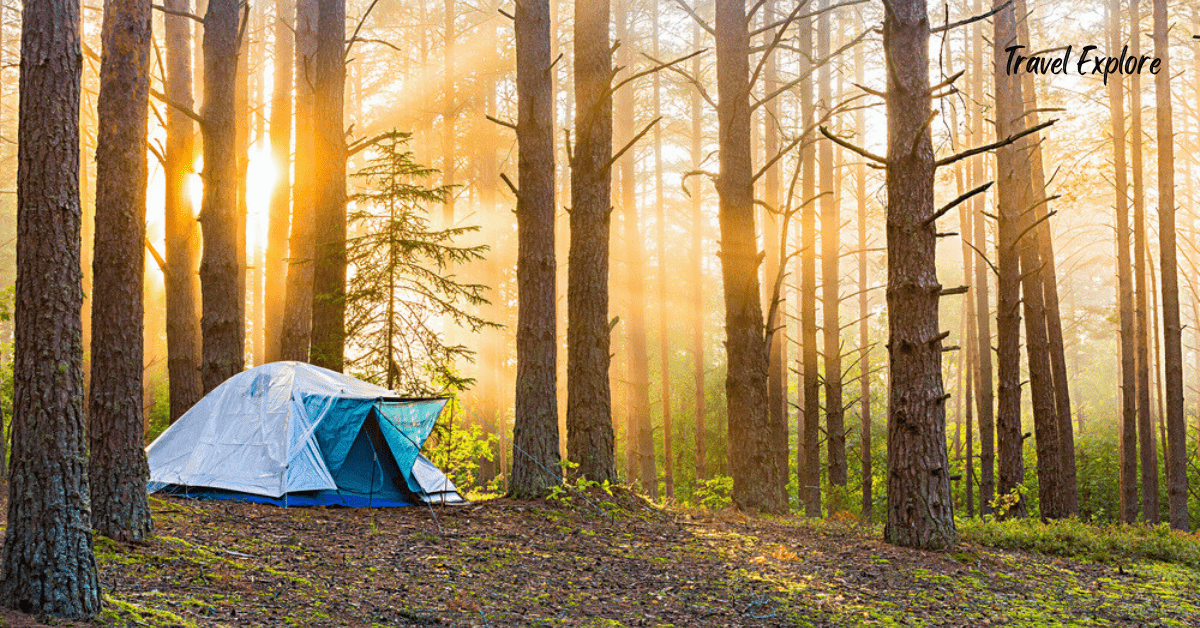
this is a good blog i am a repeat reader good work done over all these years
This travel vlog is like a virtual vacation! Your storytelling skills and cinematography make me feel like I’m right there with you. Keep exploring and sharing.